By Tawanna A. Black, Founder & CEO
Have you had to navigate any potholes lately? Perhaps you even took a drive down a winding road and had to navigate tree branches that had fallen after our early spring snow fall, while also looking above to ensure that low hanging branches were not scraping the roof of your car…WATCH OUT! Don’t swerve too far to the right or you’ll hit the car in the next lane, and don’t you see the officer sitting in the parking lot up the street, he’ll give you a ticket if you’re not careful!
Navigating the Potholes of Racism
As I drove to the office this week, and navigated the terrain, I was reminded not only of our work helping employers dismantle systemic racism, but of the experience of Black women, pushing hard to achieve our personal dreams, the dreams of our families, and the dreams of our communities, while navigating the visible and invisible pot holes of racism, sexism, conscious and unconscious bias rooted in capitalism that often jump up out of nowhere to force us into new lanes, vehicles, and opportunities.
I continued the drive and thought about how important it is to have other drivers who are not only looking out for themselves, and the obstacles in their own lanes, but also watching my lane, and the obstacles that might cause me to slow down, speed up, pick up a passenger or two, or change lanes all together. As a large recycling truck who had much greater visibility than I did in my vehicle pulled alongside me, I began to consider how much I value those fellow drivers who have a heightened consciousness about the limited view their fellow drivers have of upcoming obstacles…how much I value those drivers who put their bright lights on so that others can see challenges up ahead, and those who bring their plows out to clear debris so that others can keep moving.
In this journey of building racially equitable and inclusive regional economies, we need each other, the same way we need each other as we navigate snowy, pothole, and tree branch filled roads and sidewalks. While policies and practices are important, dismantling systems of oppression and building anti-racist organizations require much, much more.
Share Your Resources
If you have information, power, money, or assets, information, or knowledge it must be shared with people in a position to create change, who need those resources to accelerate progress. Relationships must be kindled, curated, and deepened across race, sector, neighborhood, and class in meaningful ways that transform our very way of being. Our formal and informal decision-making must begin to change to invite others to not only provide input, but to make the decisions, distributing power and accountability. And we must begin to interrogate our beliefs about one another that have undergirded generations of biased and racist policies and practices, actions, and inactions. We must ask ourselves what is true, and how know it’s true; why we believe what we believe about people who live, work, and play differently than we do, and how we can challenge our assumptions when making decisions that impact people’s lives, communities, and livelihoods.
Stay on the Journey
These four conditions of systems change: Resource Flows, Relationships & Connections, Power Dynamics, and Mental Models, have a significantly greater impact on our everyday interactions than policies and practices, just as the fallen tree branches and the actions of our neighbors have on our ability to safely navigate sidewalks and roads after a winter storm on an early spring day. The potholes of racism won’t go away on their own. It’s going to take ALL OF US. I hope we can count on you to stay on the journey!
In solidarity~
Tawanna






